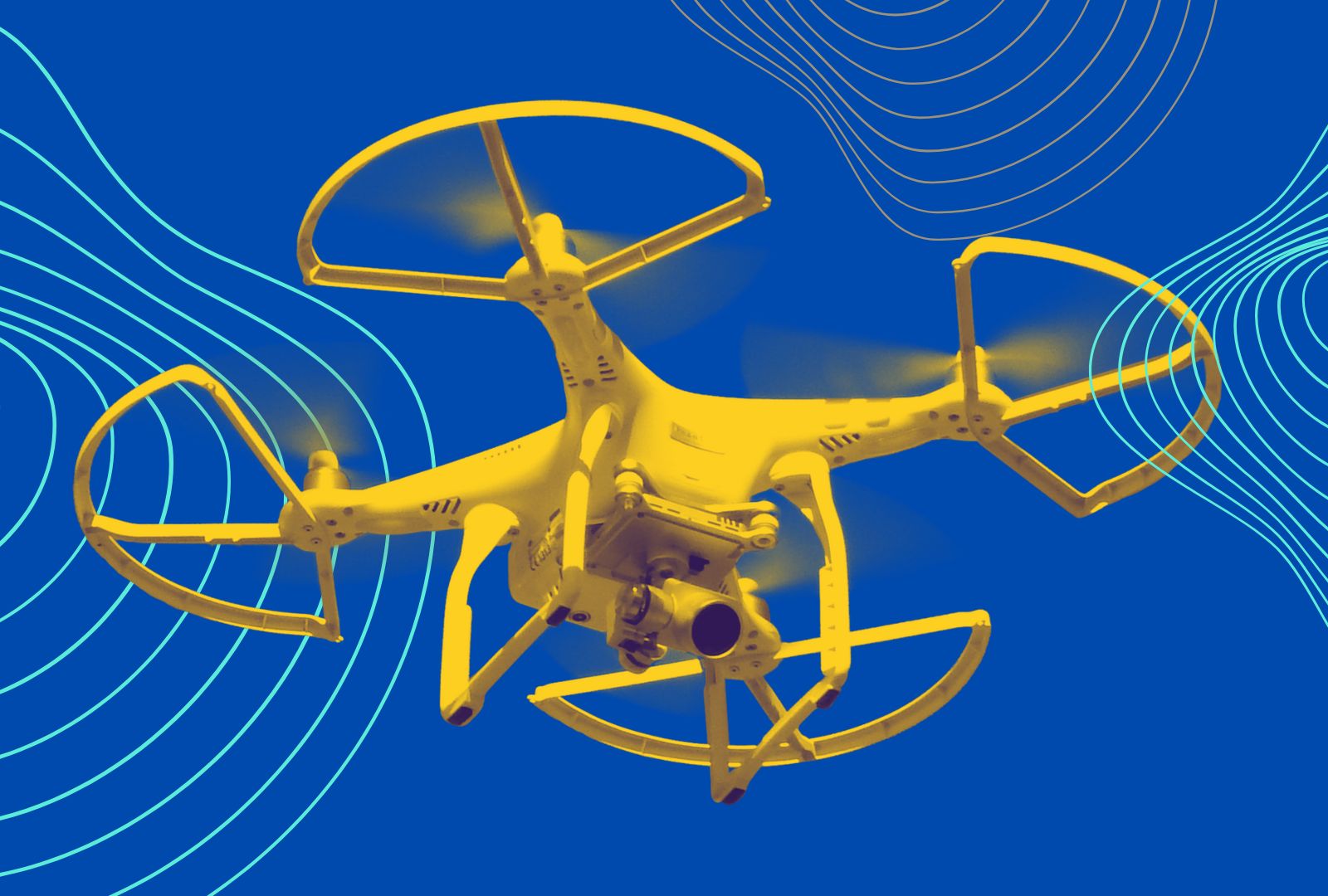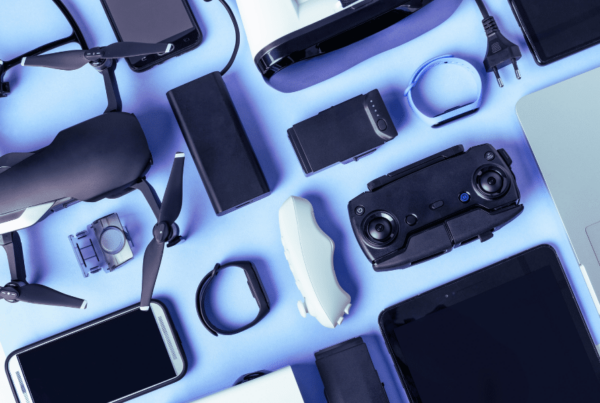Drones and robots have been a hot topic in the news lately, and rightly so. I mean, a robot-like mini aircraft that is multifunctional and has the potential to completely transform the future of the logistics industry. What is more newsworthy than that? Even with all the attention that drones have been getting lately, it doesn’t seem to be enough, so here we are.
Some of you might be wondering why we would comment on delivery drones and robots when there is already so much about them in the media. The technology and its application are currently very relevant and the media coverage that we have seen appropriately says much about it. However, very little is said about the impact of this particular application of technology and its effect on the planet and society. Whether or not the application of this technology is a good thing depends to a large degree on what is being delivered. The more reliable, faster, and safer delivery of essential goods, with a reduced carbon footprint, is, without doubt, better for the planet and society than what we have now, so let’s review some beneficial applications of this amazing technology.
The Royal Mail is joining the drone culture!
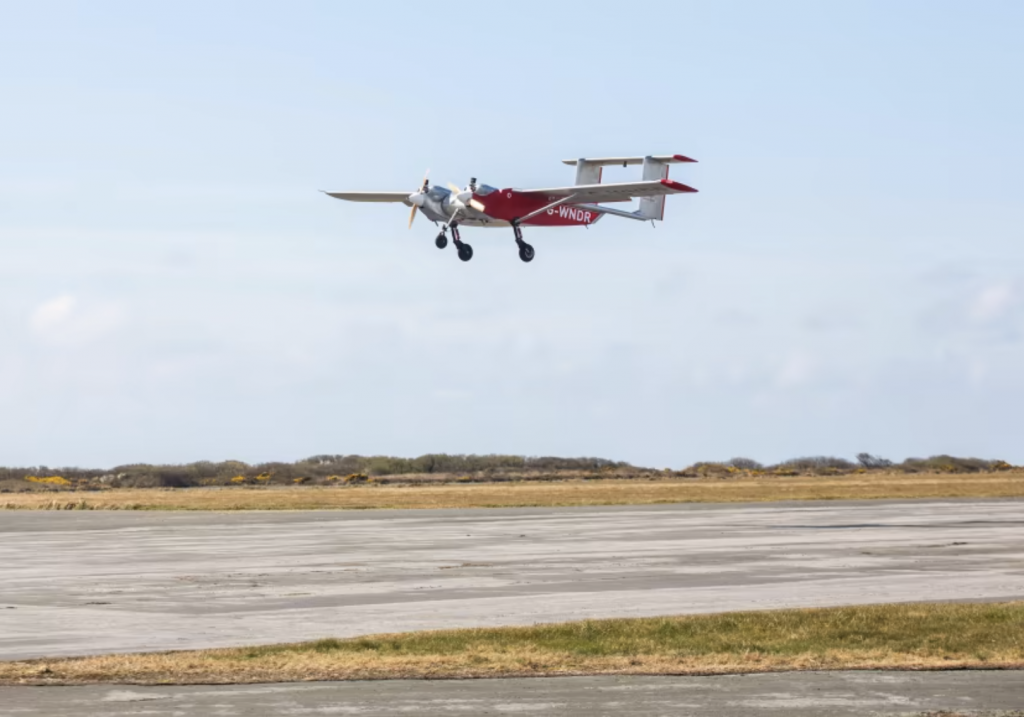
The Royal Mail is on track to implement an Autonomous Aerial Vehicle Delivery capability. The plan is to acquire 500 Autonomous Aerial Vehicles (AAVs), commonly referred to as Drones, to assist in the delivery of mail to ‘remote’ communities across the UK.
It is hoped that an initial fleet of some 200 drones will begin carrying mail on specific drone routes, benefiting remote areas. Implementation must be approved by the Civil Aviation Authority (CAA) and will also depend upon expected improvements in the economics of drone delivery. Actual delivery to remote locations has been tested on a route distance of some 41 miles as the crow, or in this case, the drone flies. The type of drones planned for delivery of the Royal Mail cannot hover and will not be used for door-to-door delivery. Instead, they will have the specific job of delivering mail to ‘remote’ locations where it can be unloaded and delivered. The distance to these locations is referred to as the ‘middle mile’ and transporting mail to it via drone is faster, more reliable, and has a smaller carbon footprint than current methods. It is hoped that it will be more economical as well.
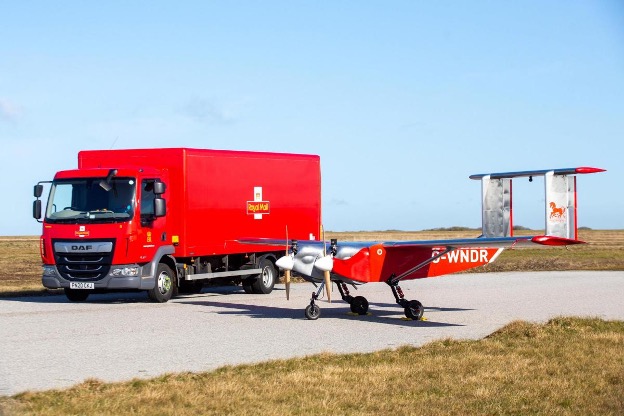
As one might expect, these drones are not the usual small drones much in the media or a tiny toy-like drone, like Snapchat’s ‘personal drone’ Pixy. The Royal Mail drones are all-weather short takeoff and landing capable vehicles that can carry up to 220 lbs, have a wingspan of just under 33 feet, a range of roughly 620 miles, and are propelled by two internal combustion engines rather than electric motors. Essentially, they are small aircraft with no pilot on board, although they are monitored by personnel who can take control if necessary.
Safety While Sharing Airspace
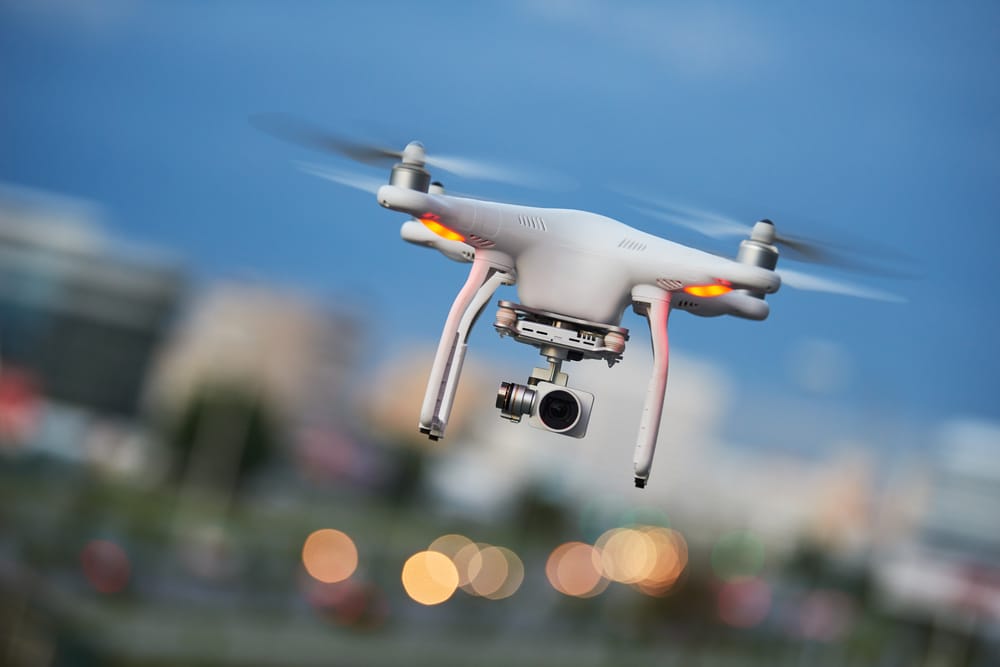
Operating these autonomous drones safely involves integrating them into controlled airspace in the same way as other aircraft. That would entail limiting access to airspace where drones are flying or coordinating the sharing of airspace with other aircraft.
Depending on how integration is accomplished, either new technology or additional equipment on aircraft will be needed to assist in the detection and avoidance of drones that share airspace. A similar but more modest test using much smaller drones is being conducted by a Scottish council for the delivery of meals to remote schools by drone, pictured below. Facing the same issues as the Royal Mail in getting school meals to remote sites, they also see drones as having the potential to replace the vans, taxis, and ferries currently used, which can be affected by weather conditions.
Amazon’s Prime Air Drone Trial
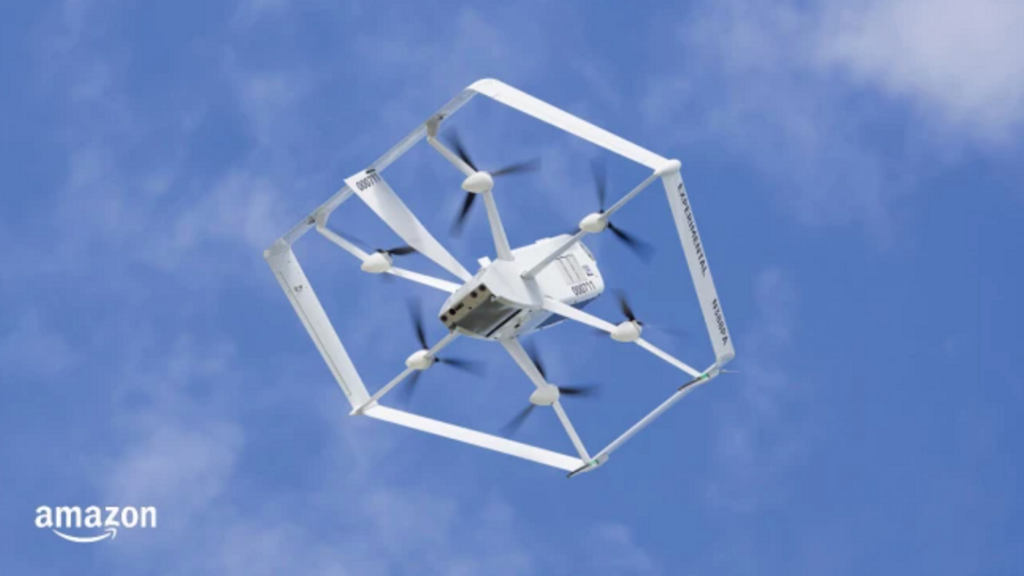
Now, the biggest buzz currently related to drones in the logistics industry is Amazon’s Prime Air trial. Similar see and avoid requirements apply to autonomous drones outside the line of sight of the operator. Drones that are used for door-to-door delivery, even in uncontrolled (Class G) airspace require appropriate technology to fly safely.
At present, Amazon is one of only three companies that have developed autonomous drones that can see and avoid aircraft or other obstacles and have earned the required FAA Air Carrier Certificate for operations in the US. Their drones are designed to see and avoid any aircraft or obstacles en route to their destination and ensure that the designated landing area (usually a backyard) is clear of people and obstacles as well. Prime Air drone deliveries of selected items to a community in California will begin soon and serve as a testbed for Amazon autonomous drone deliveries.
Drones in the UK
Here in the UK, robots (advanced autonomous devices) are becoming a familiar sight in several communities and workspaces. Now, this isn’t the first time that we have talked about robots here at Lucidica. We have previously written about which robots can be seen in hospitals soon, how robotics are appearing in theatres, and more, so it seemed only natural to have a chat about robots once again.
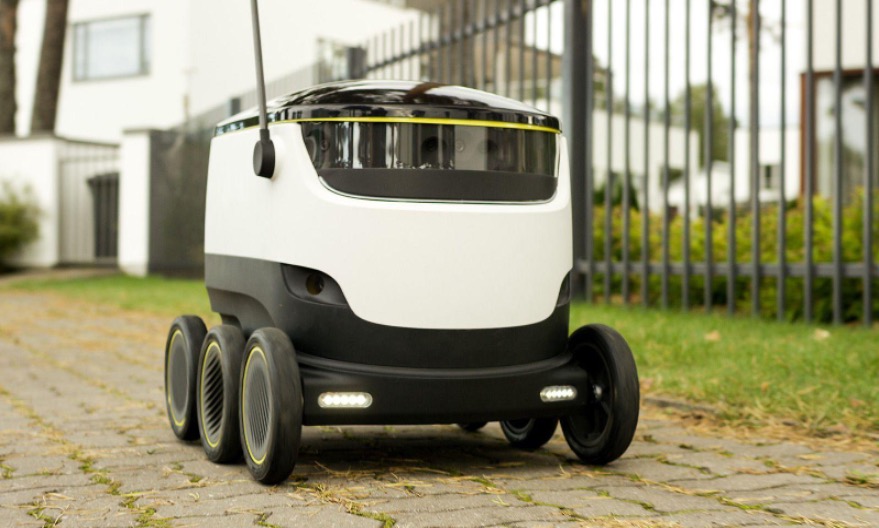
The lightweight robots appearing in communities across the UK travel at walking speed and can carry items over short distances autonomously. A combination of sensors, Al, and machine learning are used to navigate around obstacles. They have previously operated in Northampton and Milton Keynes, and are scheduled to be on the streets in Cambridgeshire. A pilot program of deliveries by the robot will be available for the residents from the co-op located in Upper Cambourne. The delivery scheme is part of the council’s environmental effort and is intended to reduce short car journeys, with the expected result of reduced congestion and an improvement in air quality, all of which are intended to make life better for the residents of those communities.
Drones and robots delivering mail and goods have a lot of benefits. The achievement of faster, more efficient and less polluting delivery of important goods such as mail, medicines, food, etc., is an incredible convenience. Making and delivering all of the goods creates a lot of jobs, and economies now are more and more dependent on consumers buying goods. The continual development and responsible use of technology might be one of the most powerful forces for the continued progress of civilization on this planet. Used as planned by the Royal Mail and the Scottish Council, the faster and more efficient delivery capability provided by drones and robots has enormous potential to positively impact the planet as well as the people whose situation is made better by these services.
This article is written by our lovely intern Katrina Motley for Lucidica.

